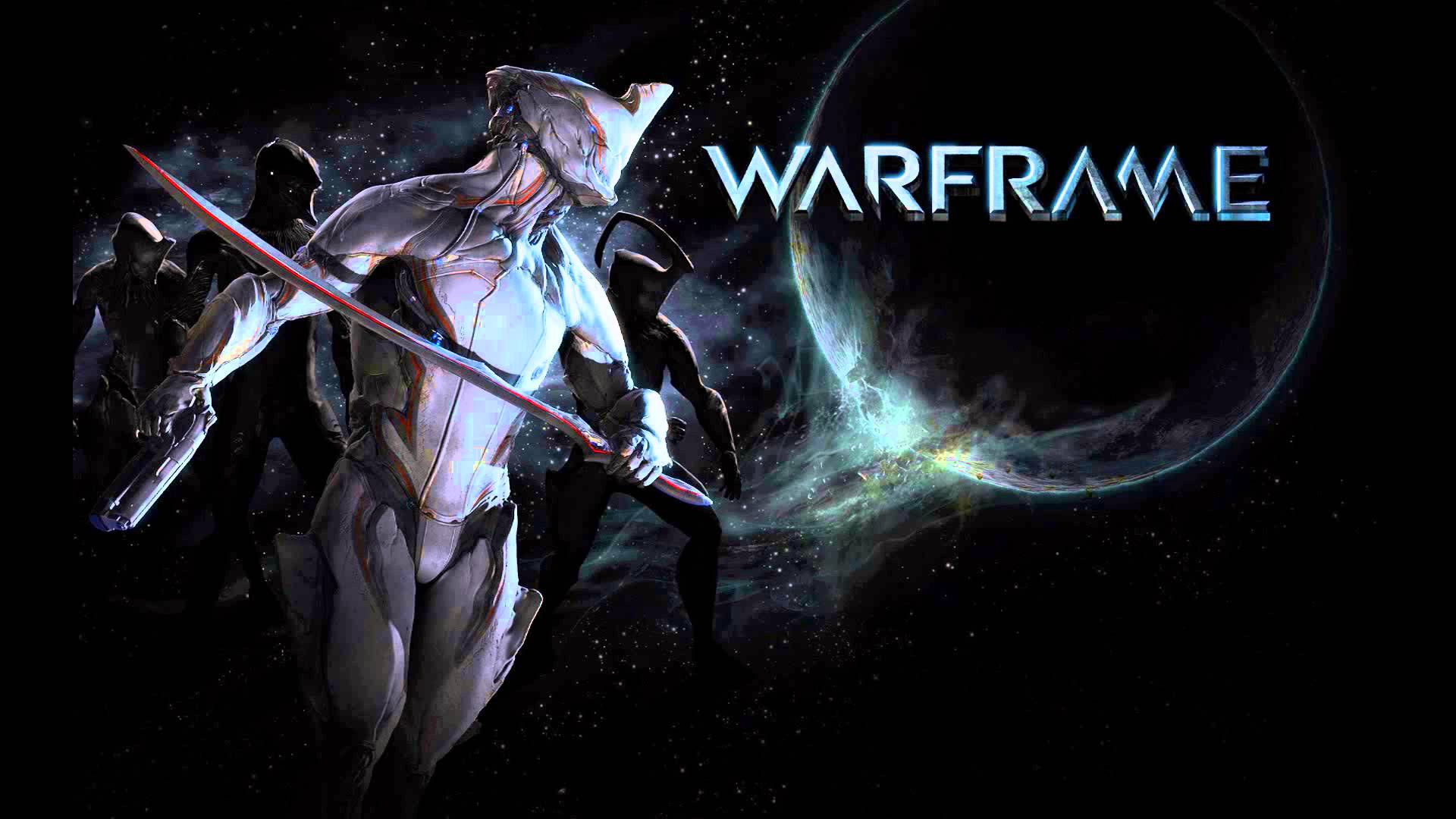Types of Digital
Graphics
TIFF: TIFF stands for tagged image format.
Tiff images can create a very large file sizes, Tiff images are uncompressed
and that means they contain quite a bit of detailed image data, Tiffs are also
extremely flexible in terms of color and content.
JPEG: JPEG are also known as joint photographic
experts group, which created this standard for this type of image formatting.
JPEG files are images that have been compressed to store a lot of information
in a small-sized file. Most of the digital cameras store photos in JPEG format,
that way you will be able to take way more photos on one camera card then you
can without the other formats.
A JPEG is
compressed in a way that losses some of the image quality during the
compression in order to make the file small.
GIF: GIF stands for Graphic interchange format.
This format compresses images but, as different from JPEG, the compression is loss less.
GIF also
have an extremely limited color range suitable for the web but not for
printing. This is a format never used for photography, because of the limited
number of color, GIF can also be used for animations such as moving pictures.
PNG: PNG stands for Portable Network
Graphics. It was created as an open format to replace GIF, because the patent
for GIF was owned by one company and nobody else wanted to pay licensing fees. It
also allows for a full range of color and better compression.
It’s used
for almost exclusively for web images, never for print images. For photographs,
PNG in not good as JPEG, because it creates a larger file. But for images with
quite a bit of text, or some line art, it’s better, because the image looks less
“bitmappy”
Raw Image Files: Raw image files contain data from a
digital camera. The files are called raw because they haven’t been processed
and therefore can’t be edited or printed yet. There are a lot of different raw
formats-each camera company often has its own proprietary format.
Raw files
contain a vast amount of data that is un-compressed. Because of this, the size
of a raw file is extremely large. Usually they are converted to TIFF before
editing and color-editing.












